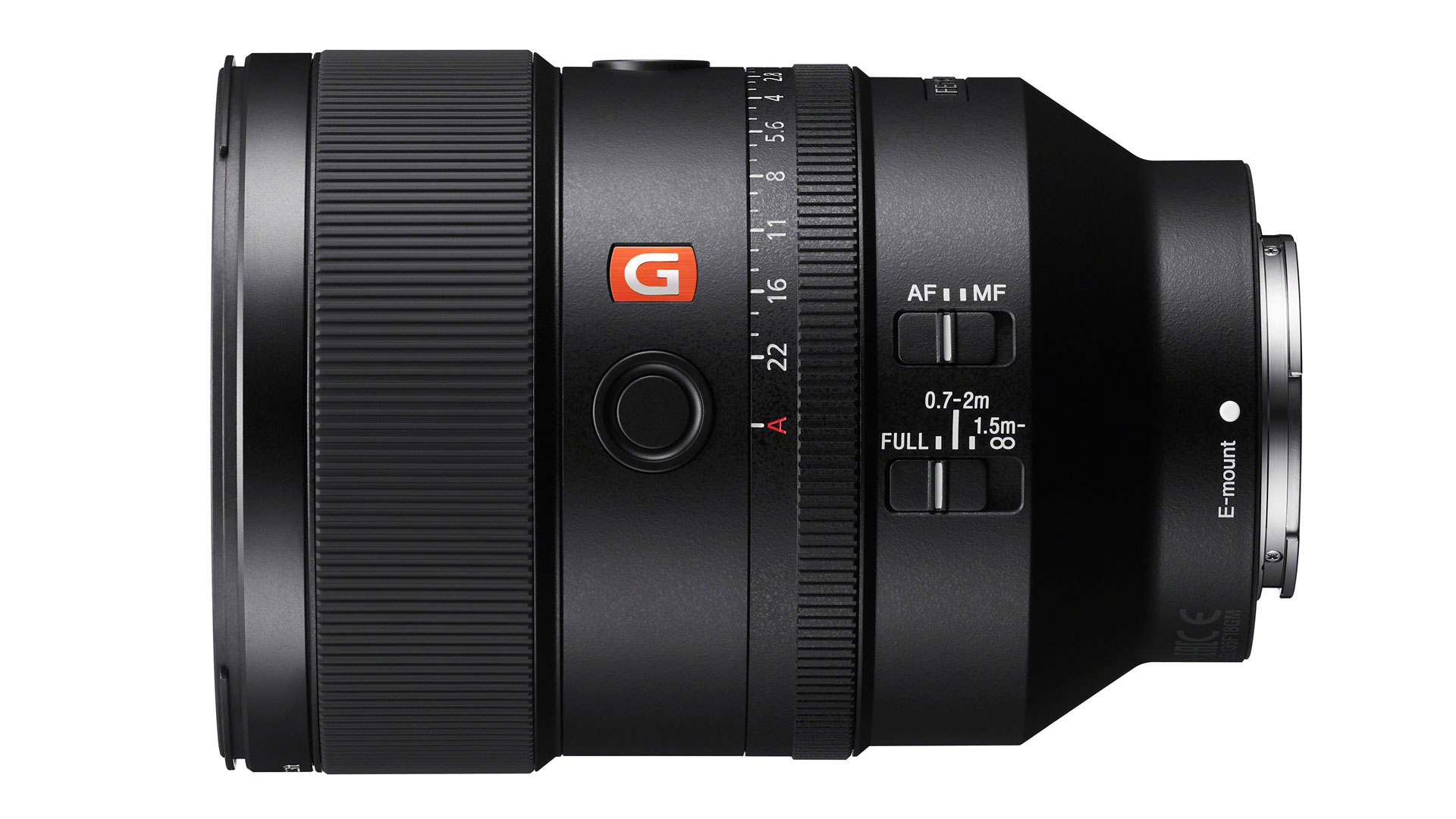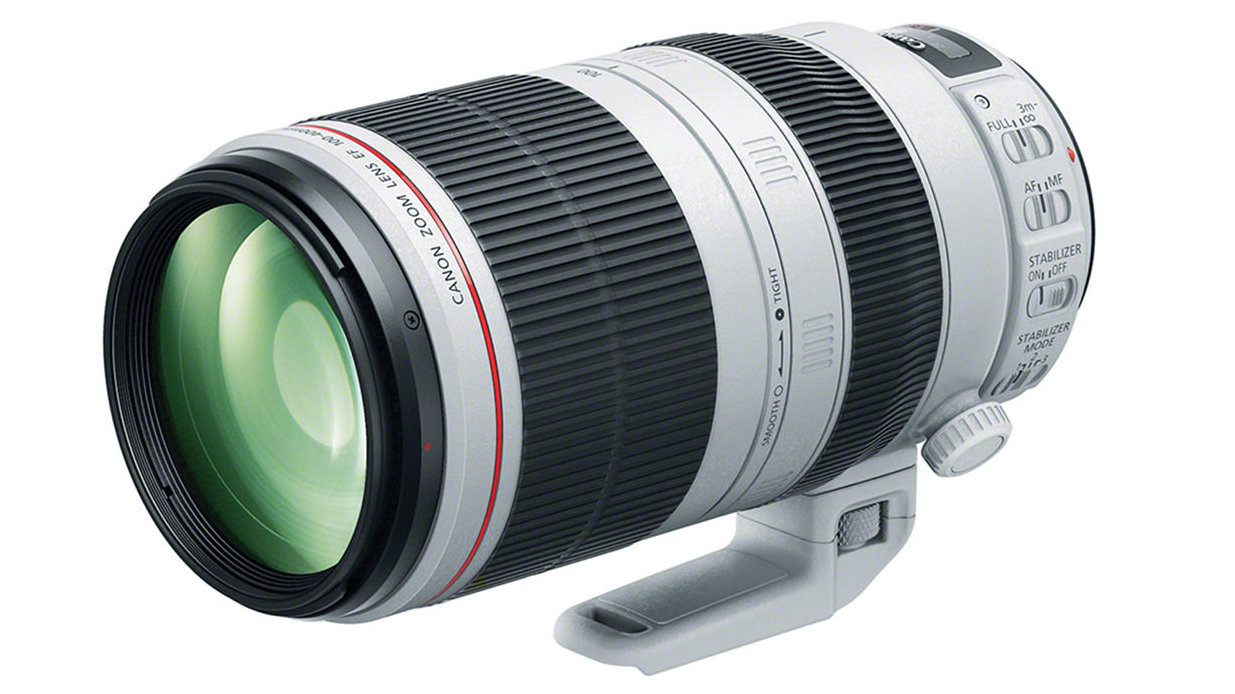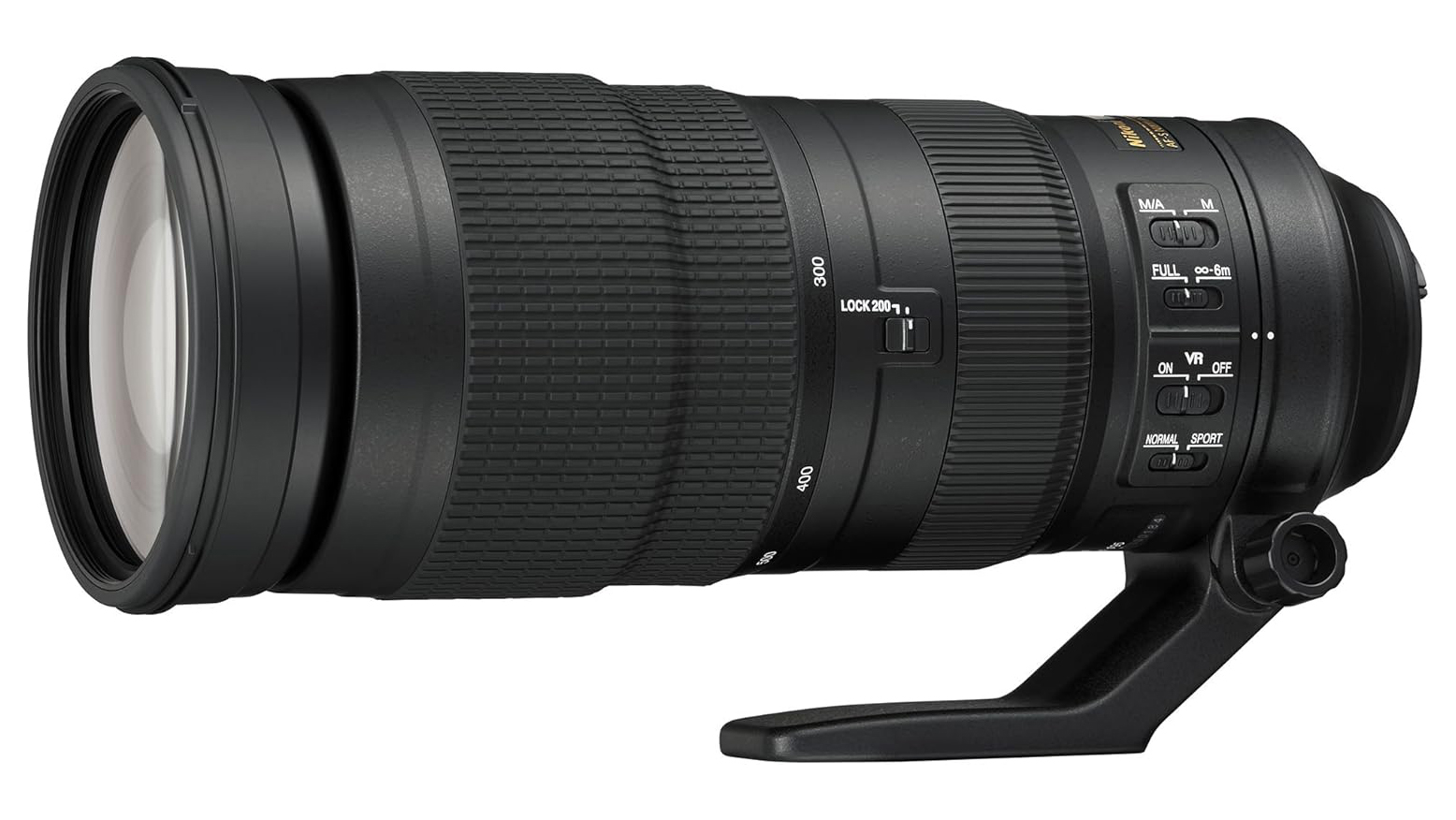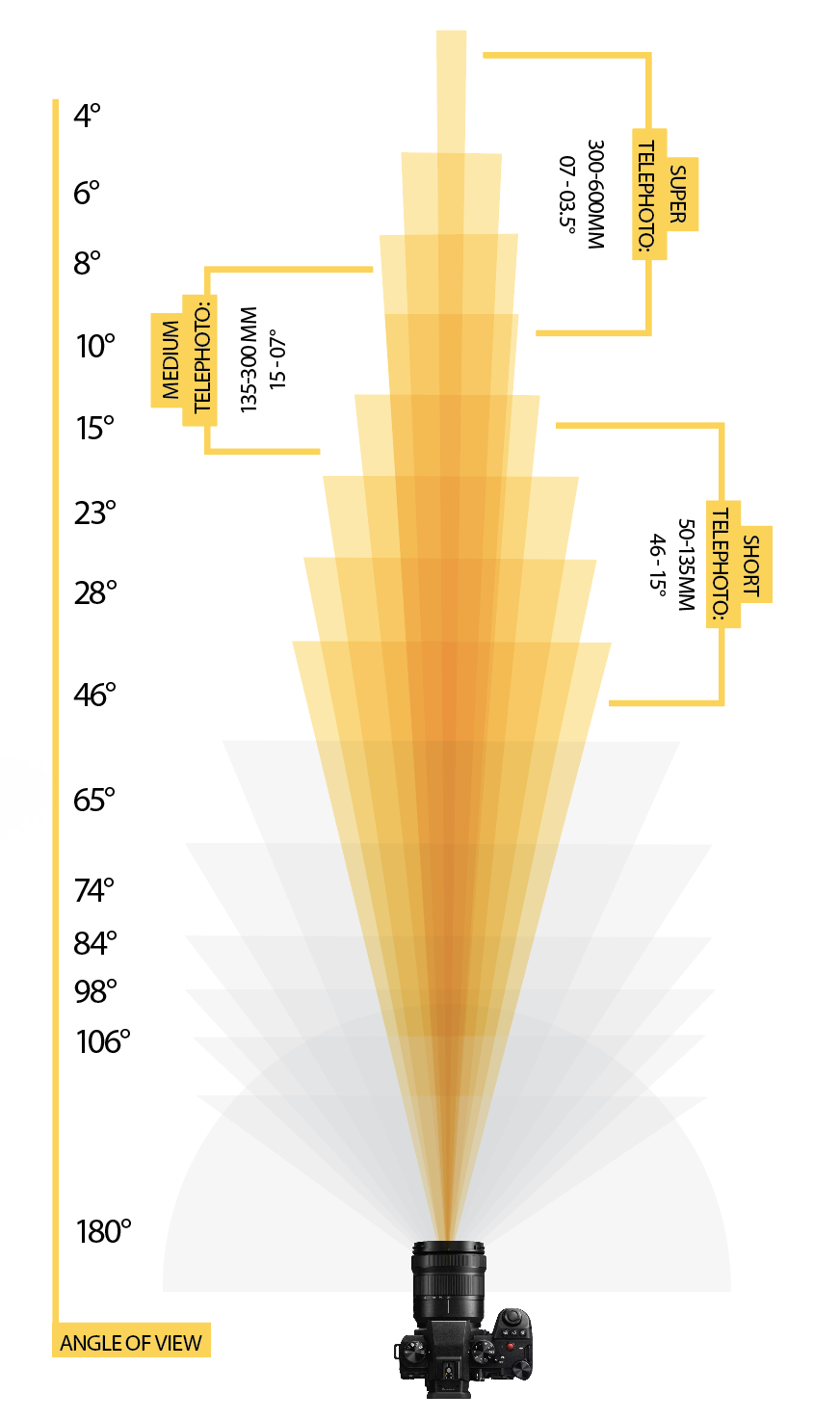How to find your perfect telephoto lens
Telephoto lenses aren't cheap, so let's compare different types to find the most suitable one for your photographic needs
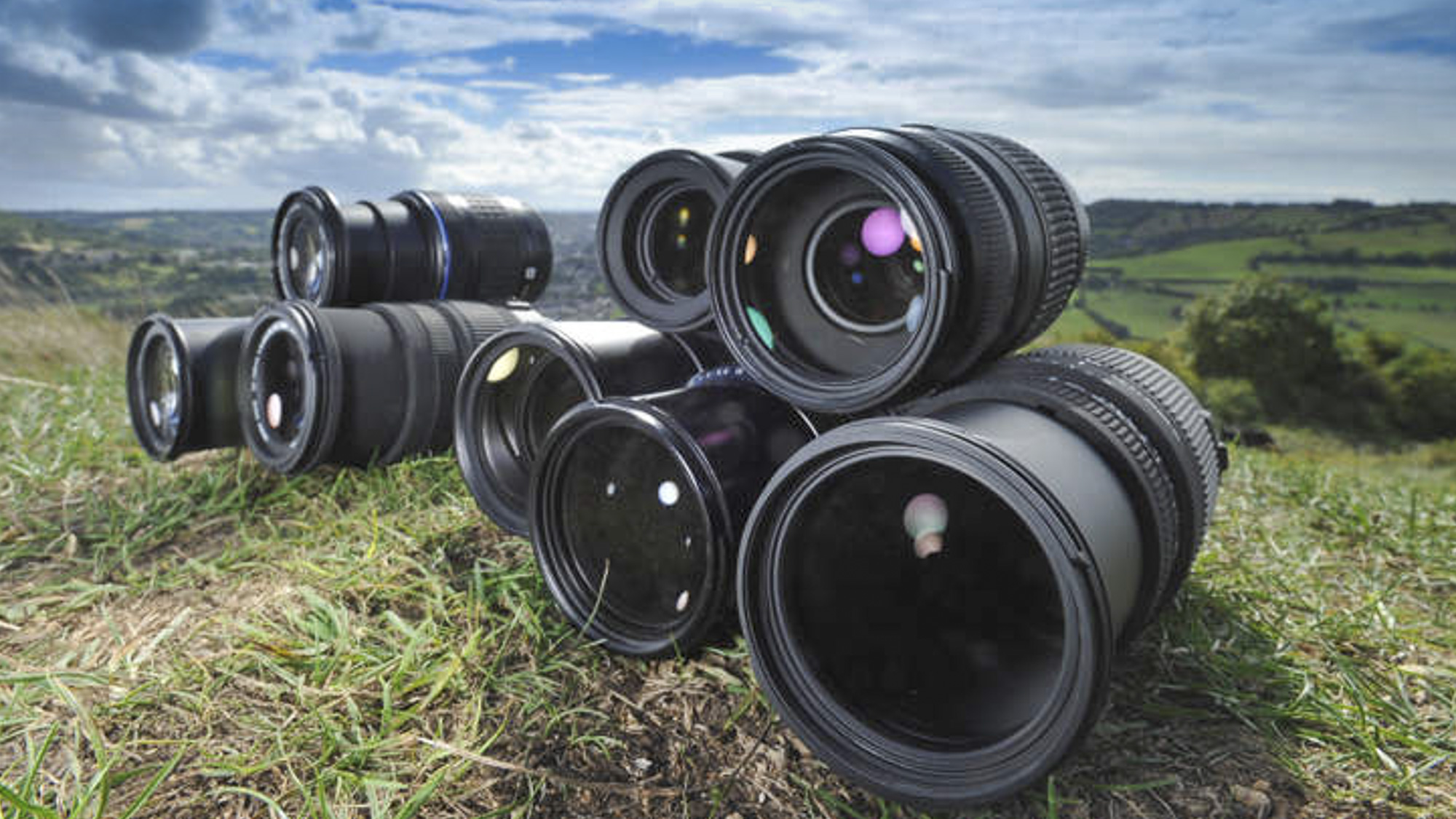
Trying to work out which is the best telephoto lens can feel overwhelming – especially if you're just starting out. With so many options flooding the market, it's easy to get lost in the jungle of telephoto types, specs, brands and price tags.
Whether you are shooting wildlife, sports, portraits, or travel, the best telephoto lens for you is the one that matches your style and grows with your skills.
When I bought my first telephoto, I spent a lot of time trying to figure out what would actually work for my camera setup and shooting style. Between native lenses and third-party brands like Sigma and Tamron, the choices were almost endless. That made it hard to find the right lens – not just a good one.
Let's be honest, these lenses are not cheap. Thanks to their high-quality glass and precision engineering, they can easily cost hundreds (or thousands) of bucks. That's why it's so important to think carefully before you invest in one – especially if you don't have cash to burn.
When I was starting, my first big and 'proper' investment was a zoom telephoto – and I'm glad I did. It enabled me to explore different photography styles without being tied to a single focal length, turning out to be a true workhorse lens. Once my photography began to pay off, I invested in a prime lens.
What helped me narrow down the choice was to ask myself some questions:
1. What subjects do I mainly shoot?
This will narrow down the telephoto lens type
The best camera deals, reviews, product advice, and unmissable photography news, direct to your inbox!
2. What's my budget?
Obviously, an important point to consider
3. Will I shoot handheld or mostly on a tripod?
Telephotos can be heavy, so taking the weight into account is a must when you are shooting on the go or handheld. If you want to shoot handheld, the different image stabilization modes on the lens are also important to consider.
If you are unsure about a lens, consider borrowing or renting it first. This small step can save you spending big on a lens that doesn't quite fit your workflow.
I did it myself, and it completely changed my mind about some lenses. For instance, weight was a dealbreaker I didn't consider early on. Some lenses I thought I'd love ended up being far too heavy for my shooting style.
So, before you get lost in the gear jungle, let's take a look at the three main types of telephotos…
Overview
Short telephoto
A lens such as the Sony FE 135mm f/1.8 GM prime lens is ideal for portraits and is often used for wedding photography. Due to their light weight, handheld shooting is no problem.
Broken down by sensor format, short telephotos fall into these focal ranges:
• Full-frame – 50-135mm
• APS-C – 35-90mm
• Micro Four Thirds – 25-70mm
Medium telephoto
The Canon EF 100-400mm f/4.5-5.6L IS II USM, for example, is great for sport and action photography. In most cases, you need to work with focal lengths above 200mm to photograph athletes with detail.
• Full-frame – 135-300mm
• APS-C – 90-200mm
• Micro Four Thirds – 70-150mm
Super telephoto
High-end lenses, such as the Nikkor AF-S 200-500mm f/5.6E ED VR, are the heaviest and most expensive in this category. They offer incredible opportunities for action or wildlife close-ups.
• Full frame – 300-600mm
• APS-C – 200-400mm
• Micro Four Thirds – 150-300mm
Angle of view
You might also like..…
Check out the best Canon telephoto lenses, the best Sony telephoto lenses, and the best telephoto lenses for Nikon. If you're looking for a bang-for-buck zoom, take a look at the best budget telephoto zooms.

Kim is a photographer, editor and writer with work published internationally. She holds a Master's degree in Photography and Media and was formerly Technique Editor at Digital Photographer, focusing on the art and science of photography. Blending technical expertise with visual insight, Kim explores photography's time-honored yet ever-evolving role in culture. Through her features, tutorials, and gear reviews, she aims to encourage readers to explore the medium more deeply and embrace its full creative potential.
You must confirm your public display name before commenting
Please logout and then login again, you will then be prompted to enter your display name.
